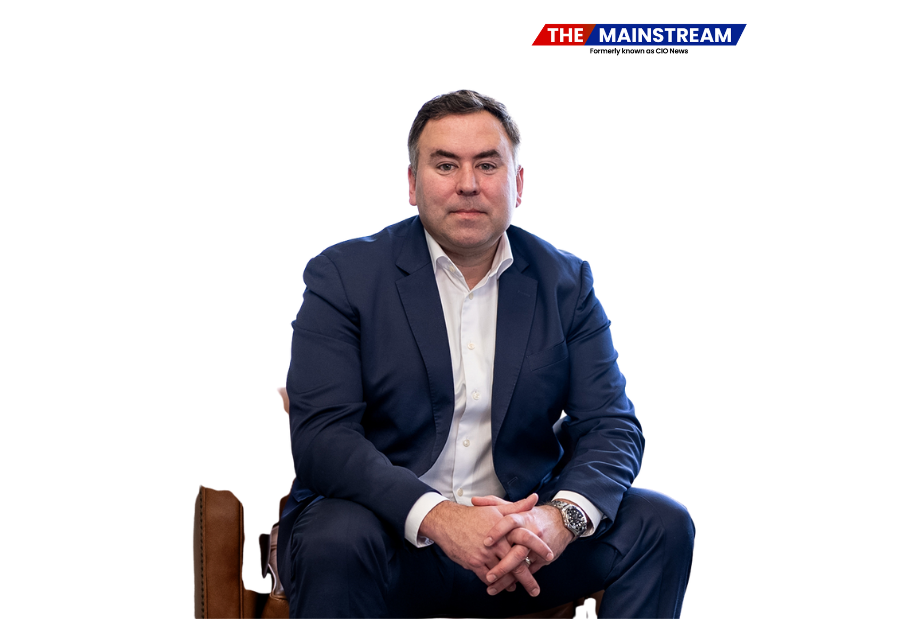As India’s electric vehicle (EV) sector continues to gain momentum, experts at the India Energy Storage Week (IESW) 2025 have emphasized the urgent need to explore battery technologies beyond lithium-ion (Li-ion). The event, held from July 8–11 by the India Energy Storage Alliance (IESA), brought together global and domestic leaders to discuss the future of energy storage.
Li-ion batteries currently dominate the EV and energy storage markets due to their high energy density and fast charging capabilities. However, experts at the event warned that the limited availability of critical raw materials for Li-ion batteries could lead to supply chain bottlenecks and cost pressures in the future.
This has intensified the push to adopt alternative battery technologies better suited for India’s growing and varied energy needs. Technologies like Vanadium Redox Flow Batteries (VRFB), sodium-ion, zinc-air, and thermo-mechanical systems are being developed and tested to address these concerns.
VRFBs, known for their long cycle life and reliability, are gaining traction. In 2023, the global market for VRFBs was valued at USD 394.7 million and is projected to grow at a CAGR of 19.7% through 2030. These batteries use vanadium ions for energy storage, providing enhanced longevity and stability—crucial for grid-scale applications.
“While lithium-ion batteries have reached the mass adoption stage, there is a growing need to diversify energy storage solutions,” said Avishek Kumar, Co-founder and CEO of VFlowTech.
Highlighting the rising potential of sodium-ion batteries, William Tope, CEO of LiNa Energy, pointed out their cost-effectiveness and ability to operate in extreme temperatures, making them suitable for stationary and grid-level storage. “As we start to move towards very high penetrations of intermediate renewable generation, the importance of other battery industries and long-duration energy storage to load shift at large scale from the off-peak period to the peak period is incredibly important,” he added.
Energy Dome’s Paul Smith presented the company’s CO₂-based CEAS storage technology, which is scalable up to 1 GWh and now entering India through a partnership with NTPC. Meanwhile, Gunjan Kapadia, Co-founder and CEO of Sthyr Energy, introduced zinc-air batteries capable of providing 10–24 hours of long-duration storage, designed for deeper discharge cycles.
Thermo-mechanical storage also emerged as a strong contender. Saurav Mitra, Director at Sumitomo SHI FW, showcased Liquid Air Energy Storage (LAES), a zero-critical-mineral system with 80% of its components already sourced in India. “As we increase more and more renewables in the system, we need to have more storage in the system to balance the renewables,” he noted.
Industry leaders unanimously agreed: India must adopt a multi-technology approach to energy storage. This will ensure grid reliability, support industrial growth, and enable the clean energy transition in a sustainable and inclusive manner.
Also read: Viksit Workforce for a Viksit Bharat
Do Follow: The Mainstream formerly known as CIO News LinkedIn Account | The Mainstream formerly known as CIO News Facebook | The Mainstream formerly known as CIO News Youtube | The Mainstream formerly known as CIO News Twitter |The Mainstream formerly known as CIO News Whatsapp Channel | The Mainstream formerly known as CIO News Instagram
About us:
The Mainstream formerly known as CIO News is a premier platform dedicated to delivering latest news, updates, and insights from the tech industry. With its strong foundation of intellectual property and thought leadership, the platform is well-positioned to stay ahead of the curve and lead conversations about how technology shapes our world. From its early days as CIO News to its rebranding as The Mainstream on November 28, 2024, it has been expanding its global reach, targeting key markets in the Middle East & Africa, ASEAN, the USA, and the UK. The Mainstream is a vision to put technology at the center of every conversation, inspiring professionals and organizations to embrace the future of tech.




